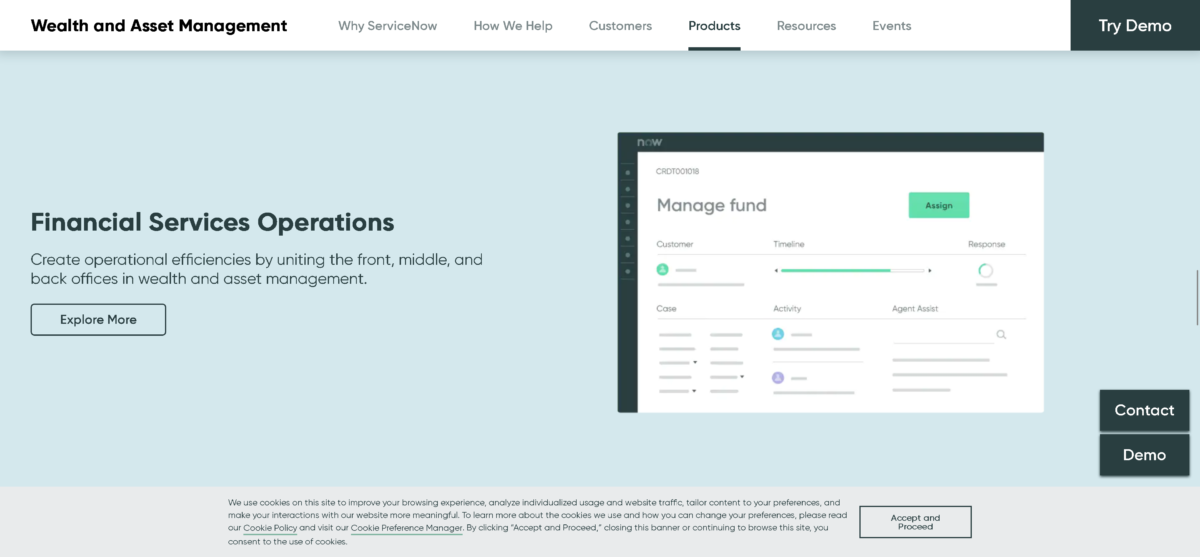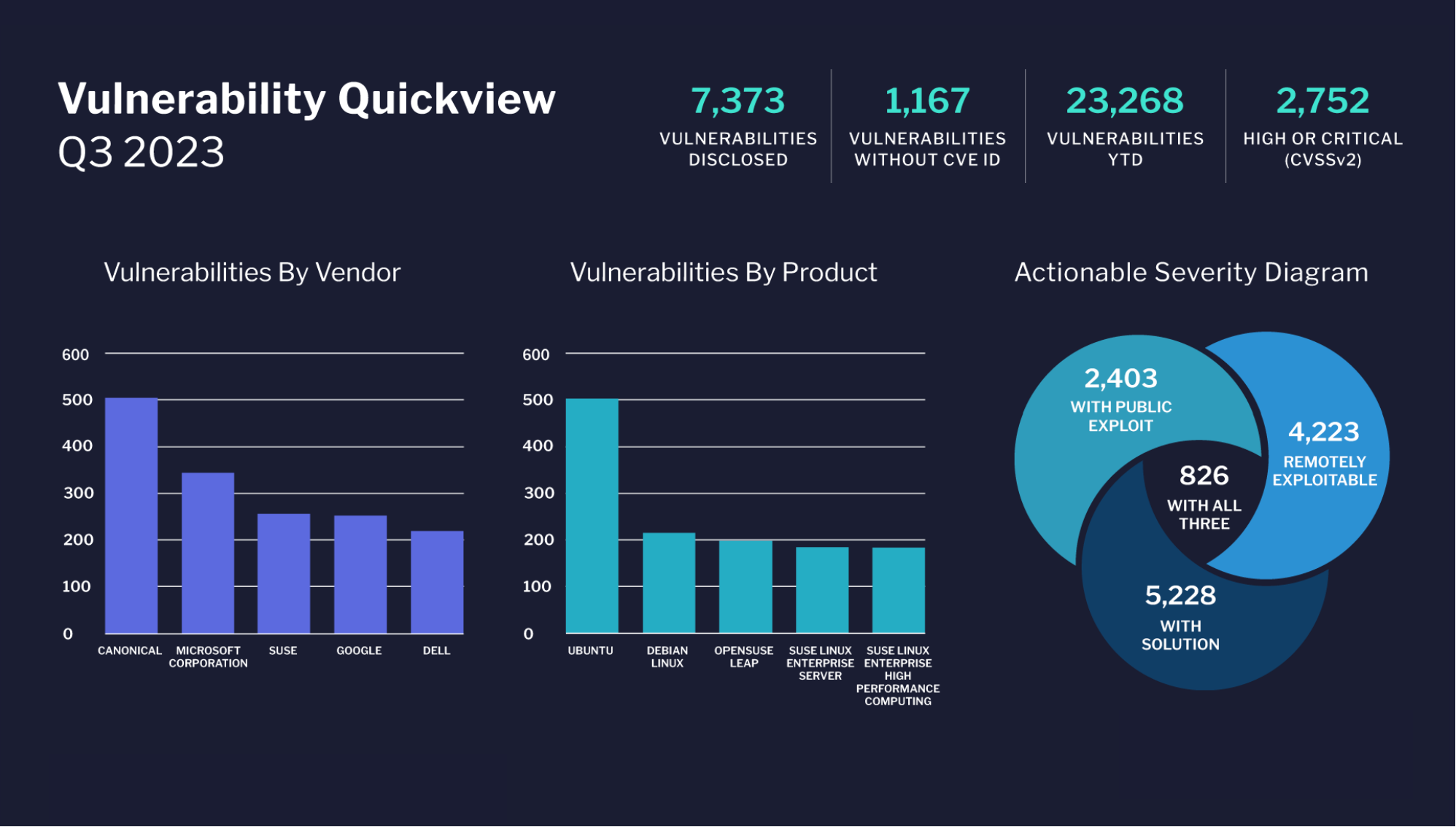The beginning of a new year is an ambitious time for people and businesses. Strategic initiatives are finalized, goals are set and the drive to reach them is never higher. At BitTitan, we know how important it is for IT teams, managed service providers and technology leaders to stay a step ahead, which is why we’ve assembled this list of trends and developments we foresee for 2019.
Governance takes center stage
In 2019, the biggest concern for organizations in the cloud will be governance. As environments become increasingly complex and cyberthreats become more sophisticated, IT must step up protection for — and control access to — sensitive data. Moving to the cloud can ultimately enhance security but also presents unique challenges that weren’t a factor On-Premises. New processes and guidelines will need to be developed as organizations adopt SaaS solutions or applications like Microsoft OneDrive or Teams. IT must always be one step ahead of their own organization — governance is key in that strategy.
Hybrid and multi-cloud approaches continue to dominate
This should come as no surprise, as multi-cloud strategies allow IT leaders more flexibility and optimization of their cloud investments while enabling businesses to avoid vendor lock-in. This hybrid approach can offer an array of possible strategies that can be customized for a company’s unique business objectives.
The tip of the compliance iceberg
In a data-driven world, General Data Protection Regulation (GDPR) must never be overlooked, and it won’t be the only regulation of its kind. Staying up-to-date on GDPR and other impending regulations is imperative, regardless of whether a business is on-premises, planning a migration or already in the cloud. Well-prepared organizations will have a subject matter expert or project owner assigned to overseeing necessary compliance adjustments while also regularly communicating with IT leaders. While this may seem like a foregone conclusion, regulation changes happen all the time. If businesses aren’t keeping up with these changes, they face steep penalties for violations.
Azure gloves come off
Things will get exciting in the cloud computing market as Microsoft Azure squares off against Google Cloud and Amazon Web Services (AWS). Azure successfully established itself as a strong second contender behind AWS and is looking to close that gap in 2019 by serving large enterprise businesses — a demographic not among cloud’s early adopters. Microsoft has much to boast with respect to Azure, as over 90 percent of Fortune 500 companies are using this cloud-service platform. AWS is also five times more expensive than Azure for Windows Server and SQL Server. When considering those factors, all signs indicate a banner year is in store for Microsoft’s cloud services.
The continued rise of cloud-to-cloud migrations
Traditionally, the most common migration projects to date have been from on-premises systems to the cloud. However, several indicators suggest that 2019 will be the first year that cloud-to-cloud migrations keep pace — or possibly surpass — on-prem-to-cloud scenarios. Many early adopters at the end of two- to three-year contracts are evaluating and changing vendors. M&A activity has remained strong and looks to continue into 2019, which naturally leads to a migration project to integrate or separate organizations. Couple that detail with a growing market of cloud vendors, as well as the increased desire by companies for multiple cloud providers, and we see this milestone approaching quickly.
Previously, businesses and clients were asking why they should try the cloud. Now, those businesses and clients are planning for a move or looking to further optimize their cloud practices and experience. They don’t need to be sold on what the cloud can do for them — they’re actively working to expand their usage and taking advantage of everything it has to offer.
By Mark Kirstein, BitTitan Vice President of Products





